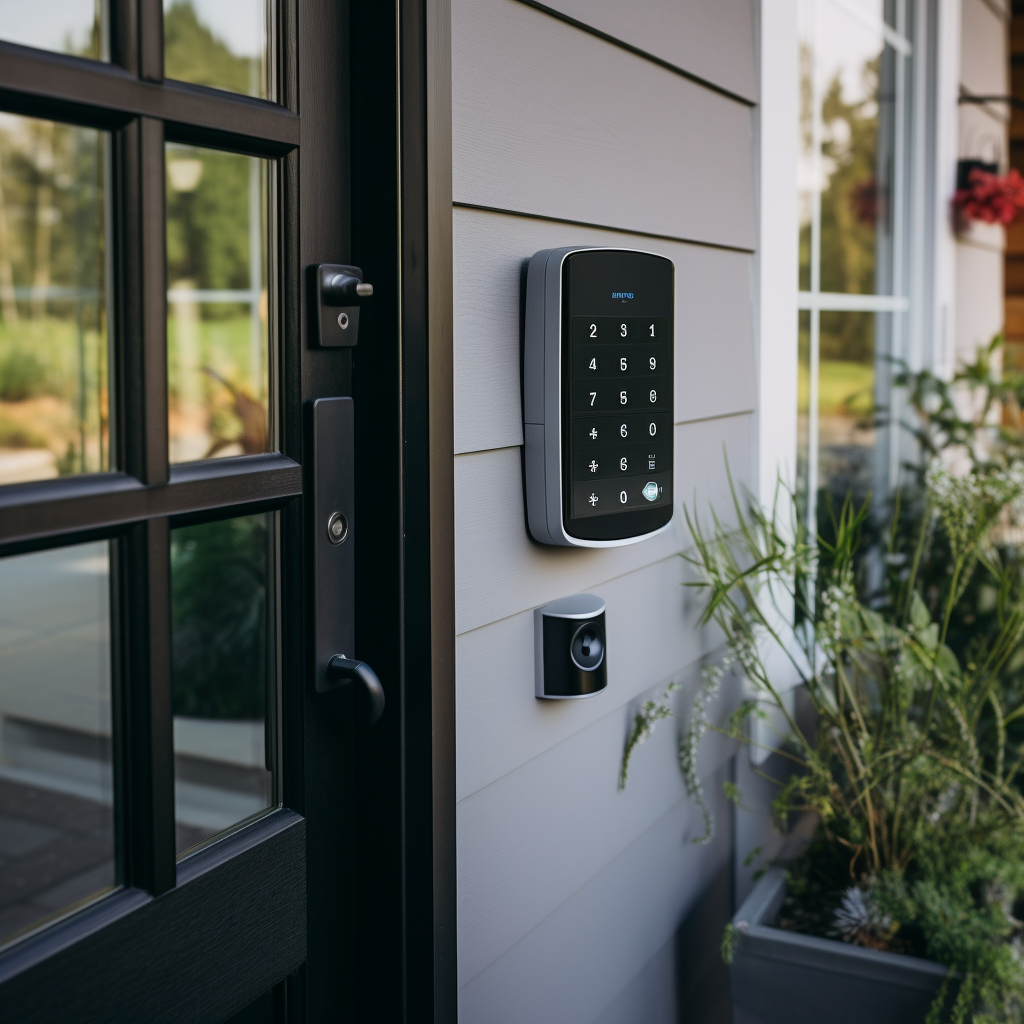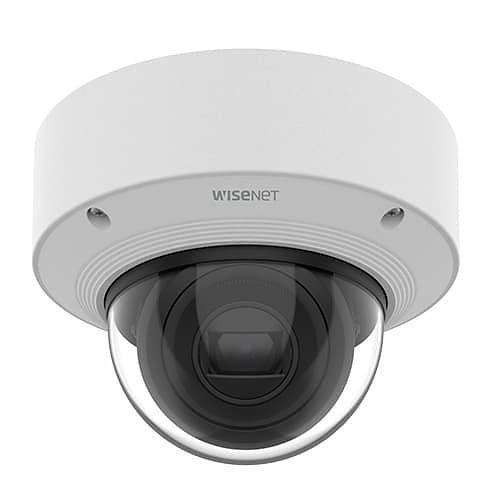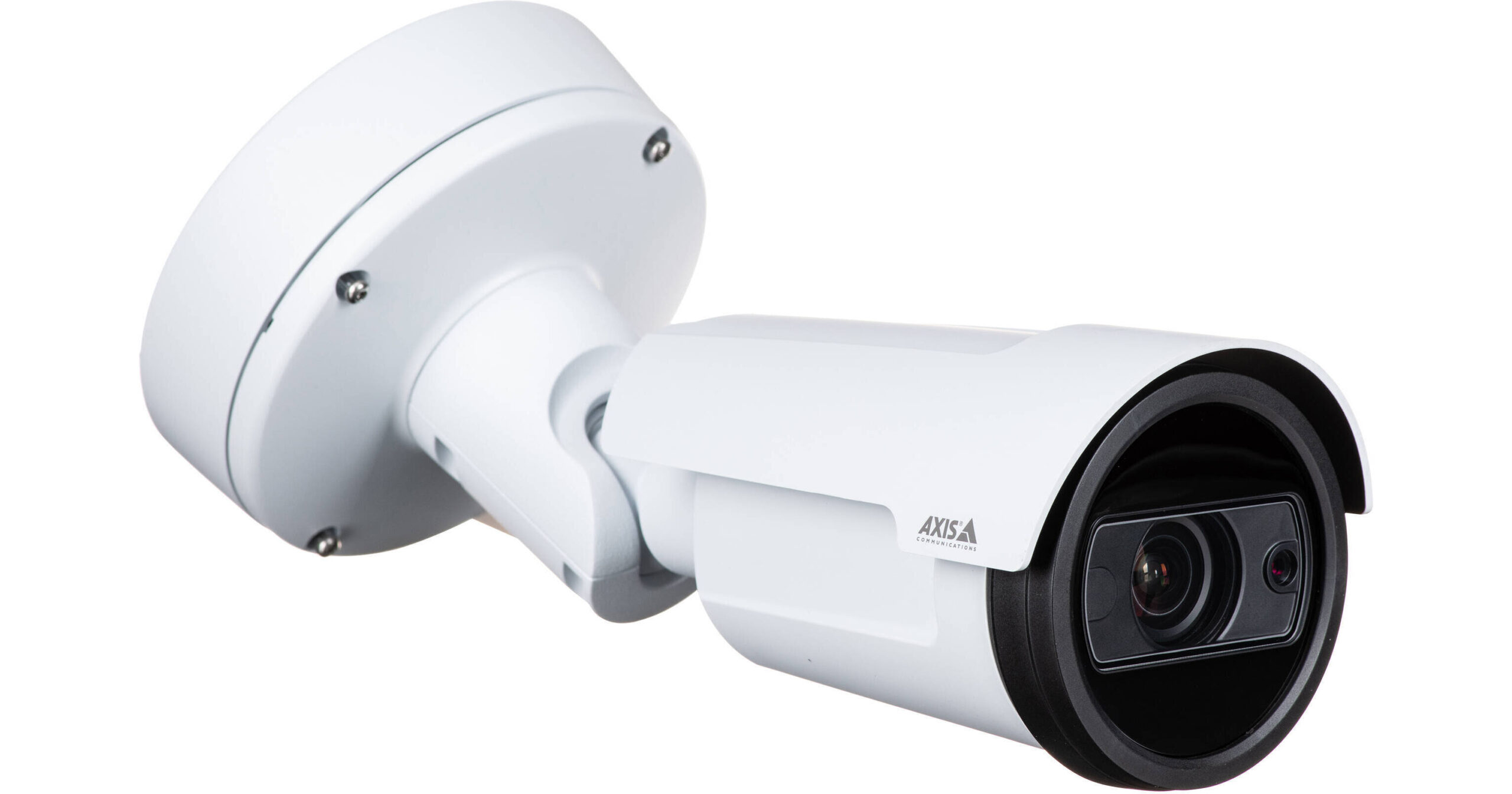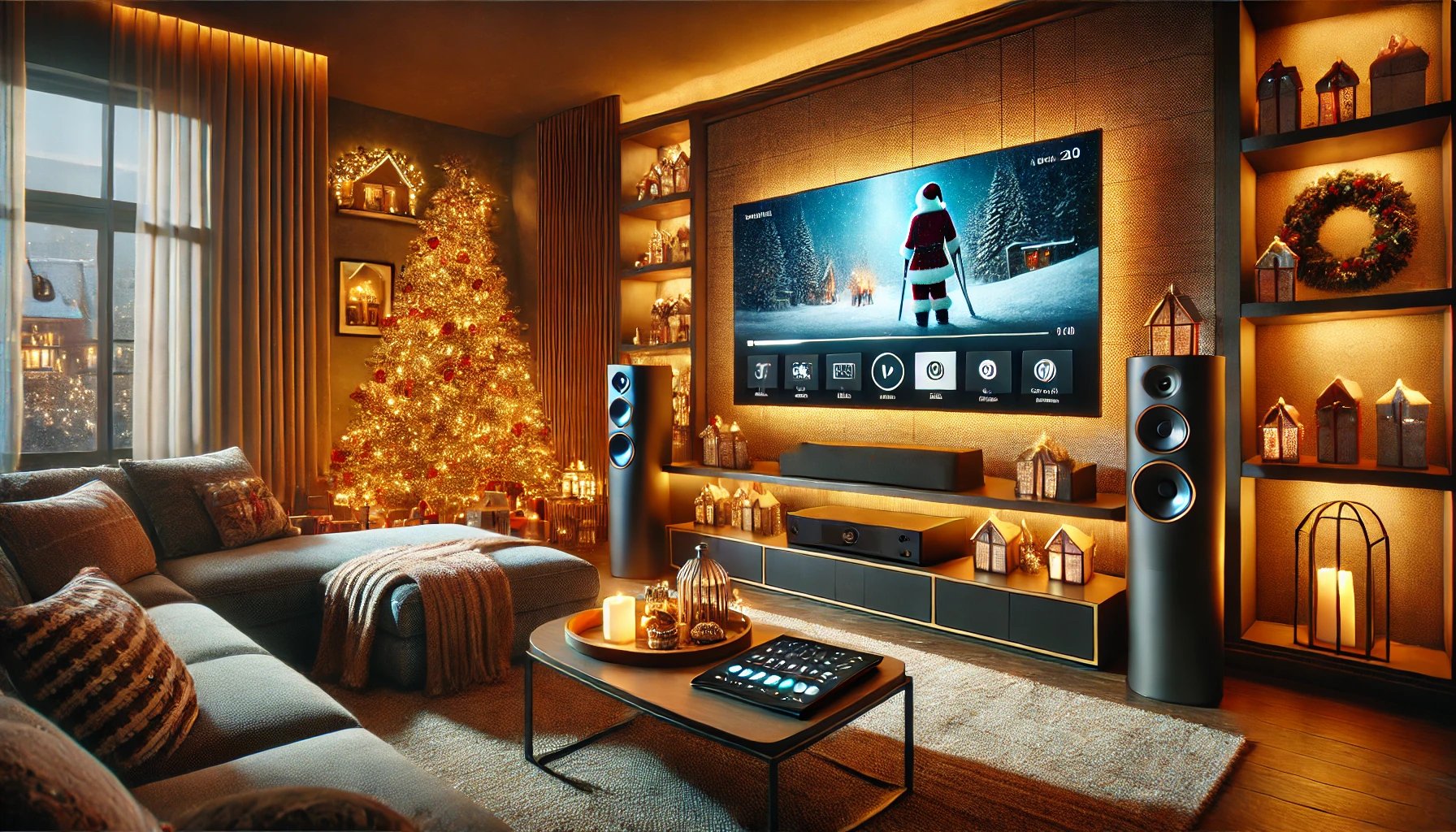The modern home is rapidly transforming into a hub of connected devices, offering unparalleled convenience and efficiency. From smart lights and security cameras to IoT appliances and streaming video, the promise of a high-tech home is alluring. However, with great convenience comes great responsibility, especially in the realm of cybersecurity.
1. Understanding the Landscape
Smart Devices and Their Popularity Smart devices, ranging from lightbulbs and thermostats to smart locks and IoT appliances, have become mainstream. It is estimated that there are over 25 billion connected devices. These devices, while offering convenience, also present potential vulnerabilities.
Potential Threats Unlike traditional computer hacking, compromising IoT devices can result in physical damage and even threaten lives. For instance, a compromised smart lock can allow unauthorized access, while a hacked smart camera can invade your privacy.
2. Specific Threats to Home Automation Systems
Keypad Entry and Smart Locks: If compromised, hackers can control who enters or exits your home. They can allow unauthorized access or even lock out the actual residents.
Wi-Fi and Connectivity: A single compromised device, like a lightbulb, can give hackers access to your entire Wi-Fi network, potentially exposing personal data and other connected devices.
Security Cameras: Hackers can tap into live feeds, invade your privacy, or use the footage for malicious purposes.
Smart Lights: While they seem harmless, compromised smart bulbs can be used to disturb residents or even serve as an entry point to the network.
IoT Appliances: Devices like smart refrigerators can be manipulated to malfunction or order unwanted items.
Streaming Video and Smart TVs: These can be turned into eavesdropping devices or be used to display unwanted content.
3. Protecting Your High-Tech Home
Research Before Purchase: Before investing in a smart device, research its security features. Check for reviews and any past security incidents related to the product.
Change Default Credentials: One of the most common vulnerabilities is the use of default usernames and passwords. Always change these as soon as you set up a new device.
Regular Updates: Ensure that all your devices are regularly updated. Manufacturers often release security patches that fix known vulnerabilities.
Secure Your Wi-Fi Network: Your home Wi-Fi network is the gateway to all your connected devices. Ensure it’s secured with a strong password and consider setting up a guest network for visitors.
Two-Factor Authentication: Where possible, enable two-factor authentication for added security.
Network Segmentation: Consider segmenting your network to prevent a compromised device from accessing all other devices.
4. Brands and Their Role in Cybersecurity
It’s worth noting that companies like Sonos, Lutron, and Tech Data (Sony) have made strides in ensuring their products are secure. However, always ensure you’re purchasing from reputable brands and sellers.
Conclusion
The allure of a smart home is undeniable. However, as we integrate more technology into our living spaces, it’s crucial to be aware of the potential threats and take proactive measures to ensure our homes remain both smart and secure. Remember, the key to enjoying the benefits of a high-tech home is to stay informed and always prioritize security.



